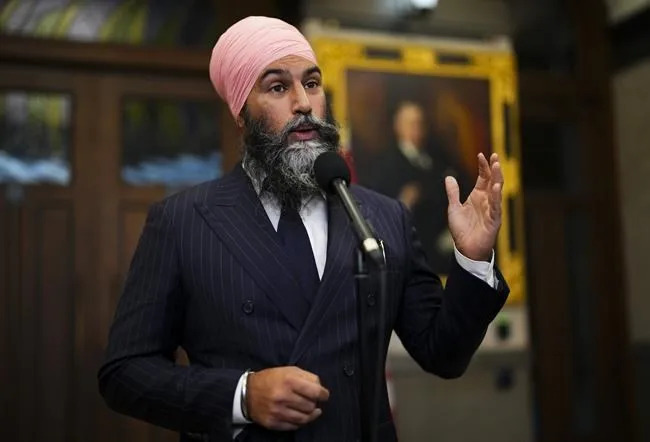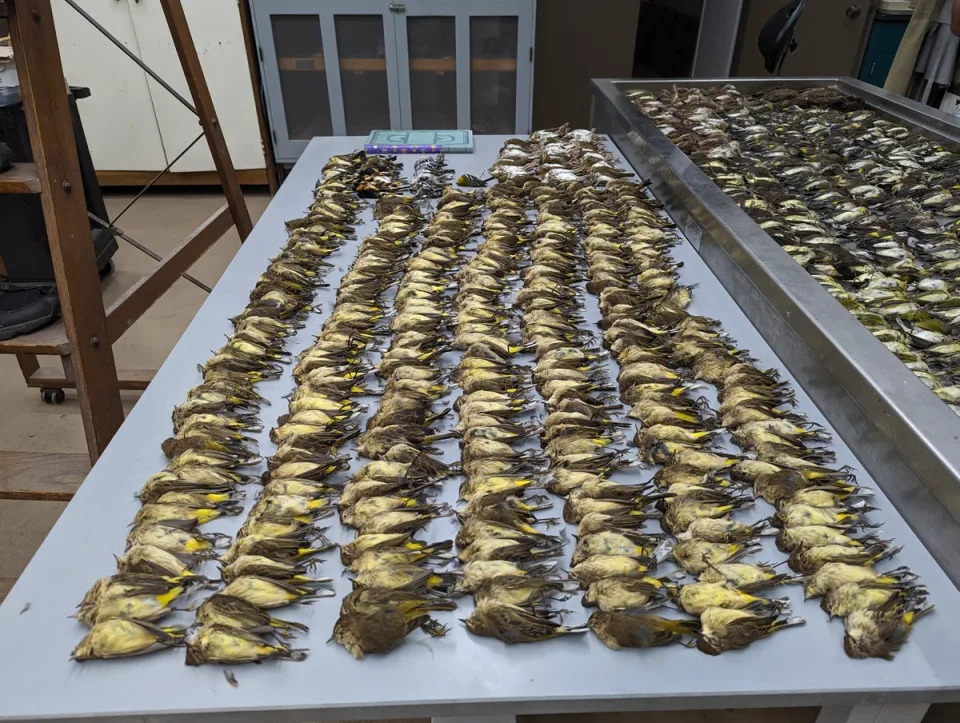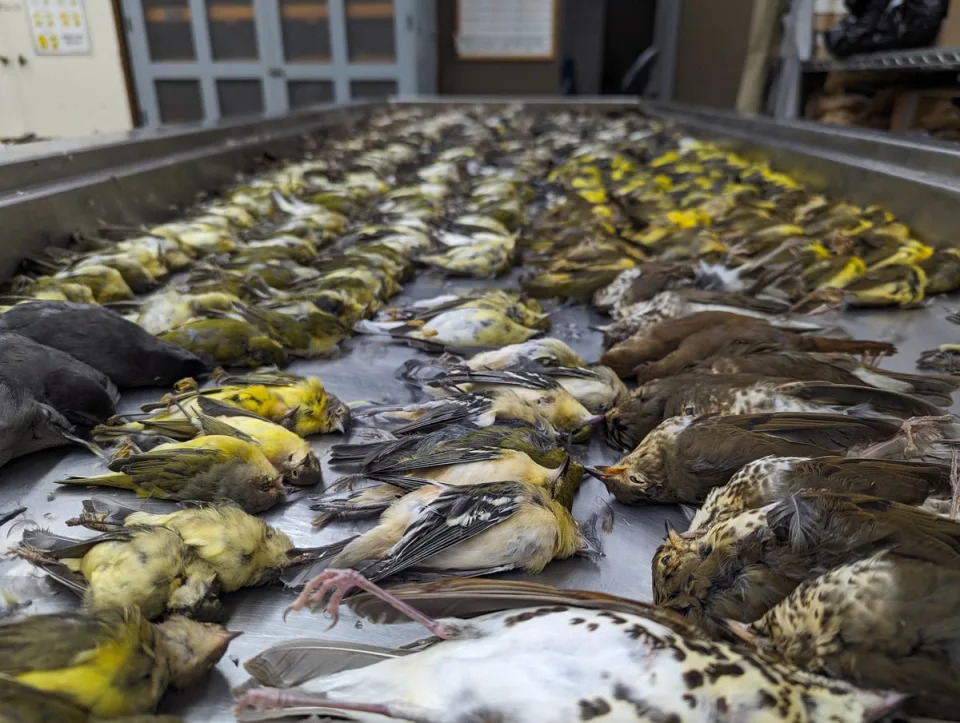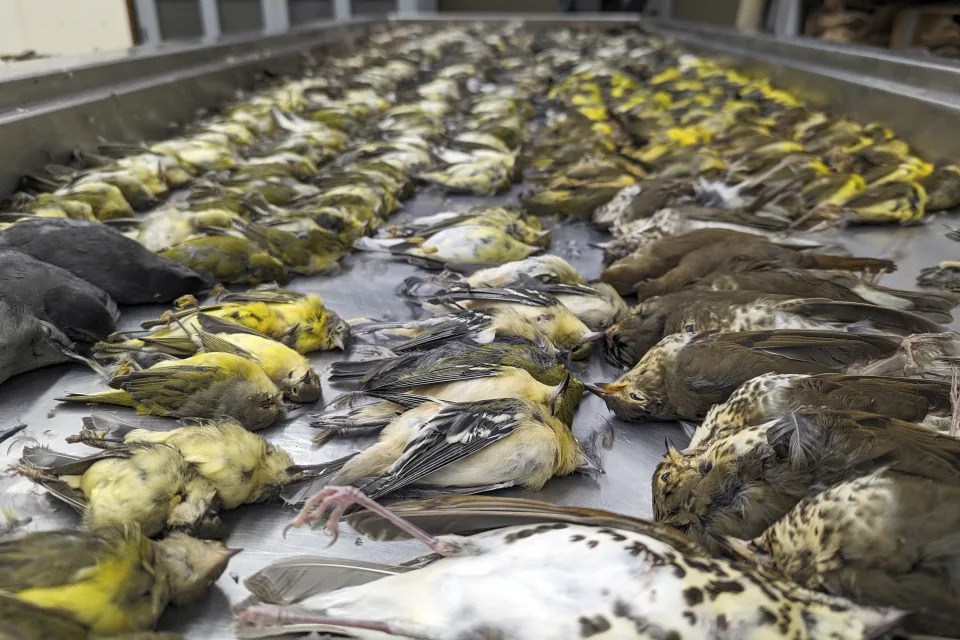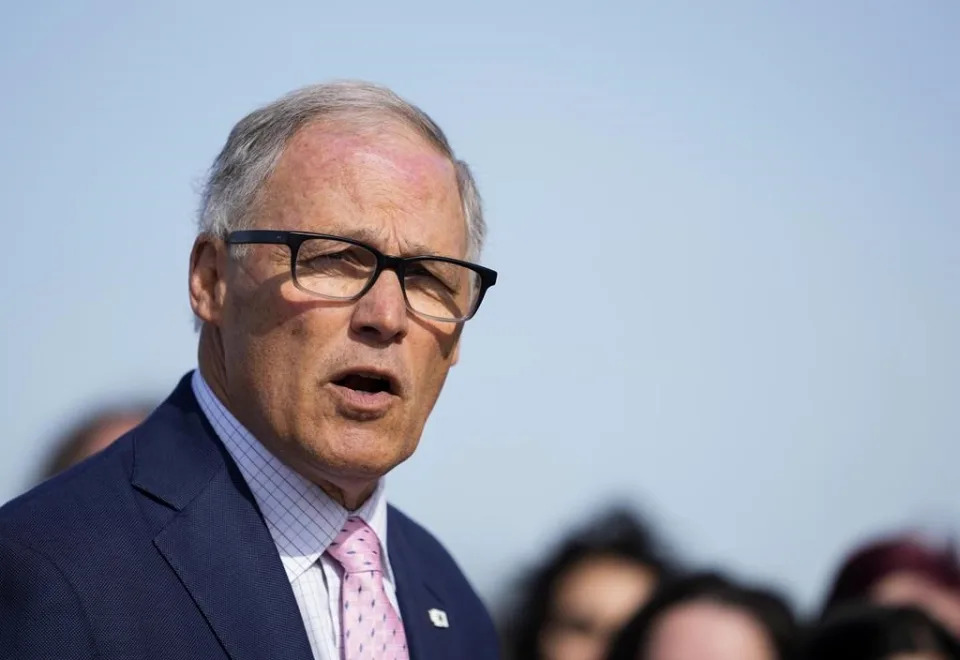Is Pakistan unusual?
Pervez Hoodbhoy
Published October 7, 2023

IS Pakistan unlike the world’s Muslim-majority countries? In some respects, certainly, but not in others. While religious violence there is on the higher side, it shares some striking similarities with other Muslim countries.
Turkish author Ahmet Kuru helps situate Pakistan within a broader context of authoritarianism, underdevelopment, and ongoing conflicts in Muslim countries. Kuru is a professor of political science at San Diego State University and director of the Centre for Islamic and Arabic Studies. Much of what is below derives from his award winning book, Islam, Authoritarianism, and Underdevelopment – A Global and Historical Comparison. The rest comes from my public conversation with him this week over Zoom before an audience in Islamabad.
Countries where Muslims are in the majority, says Kuru, have significantly higher levels of violence than others. Statistics tell a compelling story: two-thirds (eight out of 12) of the protagonists in recent wars, and two-fifths of the sides in relatively minor conflicts (24 out of 60) were Muslim-majority states or Muslim groups. These rates are disproportionate because Muslims constitute only one-quarter of the world’s population and Muslim-majority countries are only one quarter of the world’s countries.
This thesis is buttressed by Pakistan’s case. A steady, unchanging component of its national life is Muslim-Muslim violence. Last week, on Rabi-ul-Awwal 12, over 60 Muslims in Mastung and Hangu met a bloody end when they were suicide bombed by other Muslims. These ecstatic followers of Prophet Muhammad (PBUH) were celebrating his birth, a centuries-old tradition. But their killers, no less pious, were from a sect which decries such expressions of joyousness as irreligious.
While particularly grotesque incidents sometimes make it to the press, news of other brutalities generally does not. Non-Muslims are considerably worse off than Muslims. In August, 21 churches were burned down in Jaranwala by raging TLP-led mobs. Temples and Ahmadi places of worship are routinely desecrated with impunity.
Author Ahmet Kuru’s research reveals that many Muslim countries share Pakistan’s problems.
Kuru’s other statistical data covers 48 Muslim-majority countries. One can see where Pakistan fits in. On average, Muslim countries have lower GNP per capita, smaller literacy rates, fewer years of schooling, fewer examples of functioning democracy, authoritarian leadership is more common, rates of corruption are higher, and the tax-to-GDP ratio is smaller. The last fact means that governments derive their revenue mostly from rent, meaning exploitation of some naturally endowed resource such as oil or geographic location. A smaller industrial base means smaller value-added production. No Muslim country produces high-level technology.
What explains these negative features? Kuru rejects suggestions that Islam is the cause, deeming this essentialist and unsupported by evidence. Indeed, violence is a general human problem and for the last two centuries Western powers, not Muslim countries, have imposed their military domination upon the world. As for underdevelopment — none could have alleged this during the Islamic Golden Age. From the ninth through the 13th centuries — a period of roughly 400 years — Muslim civilisation from Baghdad to Spain sparkled with enlightenment and learning.
The causes of Muslim decline have been long debated. Mongol invasions and the advent of 18th-century European colonialism remain popular explanations. While Kuru admits their importance, he contends the true reason lies elsewhere.
The Islamic Golden Age owed its vitality largely to independent scholars and Arab merchants who scoured the world for trade and brought back new ideas. Broad-minded caliphs of that era welcomed such individuals to their courts. Muslim, Christian, and Jewish scholars filled the royal courts.
But around the 11th century, rulers and usurpers discovered the usefulness of clerics in endowing legitimacy to their rule. An ulema-state alliance emerged, hugely empowering the ulema. The number of clerics surrounding the caliph shot up but that of merchants and independent scholars dwindled. By the 12th century, clerics were firmly in the saddle.
The impact on Muslim society was catastrophic. As just one example, in Turkey, influential ulema decried the printing press, invented by Gutenberg in 1436, as the devil’s machine. It was finally deemed Sharia-compliant in 1727 — a whopping 293 years later! Consequently, while the literacy rate in Europe of the 1800s stood at around 31 per cent that in the Ottoman empire was a pitiful 1pc. Clerical resistance also delayed banking by about three centuries. The very first bank in a Muslim country was the Imperial Ottoman Bank (1856) followed by the Egyptian Arab Land Bank (1880).
Kuru insists that the ulema–state alliance is neither an essential part of the Quran and hadith nor a permanent feature of Islamic history. He may be right — Indonesia’s largest Muslim political party, the Nahdlatul Ulama with a membership of around 40 million, has a manifesto that pledges to uphold pluralistic, democratic values and seeks to “curb radicalism, extremism and terrorism”.
The ulema-state alliance exists in its starkest form in Pakistan. Starting in the 1980s, Pakistan’s generals and clerics became symbiotically linked via the Afghan and Kashmir jihads. Madressahs became jihad factories that successfully forced out the Soviets and eventually installed the Taliban in Kabul. But this alliance devastated Pakistani society. The 2007 Lal Masjid insurrection turned Islamabad into a war zone leaving hundreds dead. It showed how impotent the state had become when confronted by the forces it had nurtured.
That impotence is glaringly evident today as well. Even in heavily policed Islamabad every two of three mosques and madressahs are built on encroached land. Civic authorities stand helpless before this anarchy, unable to demolish hastily constructed structures.
Government attempts to have the same prayer time for all mosques in Islamabad have also foundered. Madressah reform is dead in the water. Instead, now that the Single National Curriculum is being imposed, regular schools have become like madressahs.
Religious fanaticism, like every deadly infectious disease, spreads when those in power deliberately employ faith to further their political ambitions. Pakistani politicians freely pander to hare-brained clerics and their hate-filled rants.
Among others, Zulfikar Ali Bhutto, Nawaz Sharif, and Imran Khan reaped benefits from this strategy but the cost was paid by society. Consequently, more and more of Pakistan’s population is ready to lynch first, ask later. Even our friends fear us.
The writer is an Islamabad-based physicist and writer.
Published in Dawn, October 7th, 2023

IS Pakistan unlike the world’s Muslim-majority countries? In some respects, certainly, but not in others. While religious violence there is on the higher side, it shares some striking similarities with other Muslim countries.
Turkish author Ahmet Kuru helps situate Pakistan within a broader context of authoritarianism, underdevelopment, and ongoing conflicts in Muslim countries. Kuru is a professor of political science at San Diego State University and director of the Centre for Islamic and Arabic Studies. Much of what is below derives from his award winning book, Islam, Authoritarianism, and Underdevelopment – A Global and Historical Comparison. The rest comes from my public conversation with him this week over Zoom before an audience in Islamabad.
Countries where Muslims are in the majority, says Kuru, have significantly higher levels of violence than others. Statistics tell a compelling story: two-thirds (eight out of 12) of the protagonists in recent wars, and two-fifths of the sides in relatively minor conflicts (24 out of 60) were Muslim-majority states or Muslim groups. These rates are disproportionate because Muslims constitute only one-quarter of the world’s population and Muslim-majority countries are only one quarter of the world’s countries.
This thesis is buttressed by Pakistan’s case. A steady, unchanging component of its national life is Muslim-Muslim violence. Last week, on Rabi-ul-Awwal 12, over 60 Muslims in Mastung and Hangu met a bloody end when they were suicide bombed by other Muslims. These ecstatic followers of Prophet Muhammad (PBUH) were celebrating his birth, a centuries-old tradition. But their killers, no less pious, were from a sect which decries such expressions of joyousness as irreligious.
While particularly grotesque incidents sometimes make it to the press, news of other brutalities generally does not. Non-Muslims are considerably worse off than Muslims. In August, 21 churches were burned down in Jaranwala by raging TLP-led mobs. Temples and Ahmadi places of worship are routinely desecrated with impunity.
Author Ahmet Kuru’s research reveals that many Muslim countries share Pakistan’s problems.
Kuru’s other statistical data covers 48 Muslim-majority countries. One can see where Pakistan fits in. On average, Muslim countries have lower GNP per capita, smaller literacy rates, fewer years of schooling, fewer examples of functioning democracy, authoritarian leadership is more common, rates of corruption are higher, and the tax-to-GDP ratio is smaller. The last fact means that governments derive their revenue mostly from rent, meaning exploitation of some naturally endowed resource such as oil or geographic location. A smaller industrial base means smaller value-added production. No Muslim country produces high-level technology.
What explains these negative features? Kuru rejects suggestions that Islam is the cause, deeming this essentialist and unsupported by evidence. Indeed, violence is a general human problem and for the last two centuries Western powers, not Muslim countries, have imposed their military domination upon the world. As for underdevelopment — none could have alleged this during the Islamic Golden Age. From the ninth through the 13th centuries — a period of roughly 400 years — Muslim civilisation from Baghdad to Spain sparkled with enlightenment and learning.
The causes of Muslim decline have been long debated. Mongol invasions and the advent of 18th-century European colonialism remain popular explanations. While Kuru admits their importance, he contends the true reason lies elsewhere.
The Islamic Golden Age owed its vitality largely to independent scholars and Arab merchants who scoured the world for trade and brought back new ideas. Broad-minded caliphs of that era welcomed such individuals to their courts. Muslim, Christian, and Jewish scholars filled the royal courts.
But around the 11th century, rulers and usurpers discovered the usefulness of clerics in endowing legitimacy to their rule. An ulema-state alliance emerged, hugely empowering the ulema. The number of clerics surrounding the caliph shot up but that of merchants and independent scholars dwindled. By the 12th century, clerics were firmly in the saddle.
The impact on Muslim society was catastrophic. As just one example, in Turkey, influential ulema decried the printing press, invented by Gutenberg in 1436, as the devil’s machine. It was finally deemed Sharia-compliant in 1727 — a whopping 293 years later! Consequently, while the literacy rate in Europe of the 1800s stood at around 31 per cent that in the Ottoman empire was a pitiful 1pc. Clerical resistance also delayed banking by about three centuries. The very first bank in a Muslim country was the Imperial Ottoman Bank (1856) followed by the Egyptian Arab Land Bank (1880).
Kuru insists that the ulema–state alliance is neither an essential part of the Quran and hadith nor a permanent feature of Islamic history. He may be right — Indonesia’s largest Muslim political party, the Nahdlatul Ulama with a membership of around 40 million, has a manifesto that pledges to uphold pluralistic, democratic values and seeks to “curb radicalism, extremism and terrorism”.
The ulema-state alliance exists in its starkest form in Pakistan. Starting in the 1980s, Pakistan’s generals and clerics became symbiotically linked via the Afghan and Kashmir jihads. Madressahs became jihad factories that successfully forced out the Soviets and eventually installed the Taliban in Kabul. But this alliance devastated Pakistani society. The 2007 Lal Masjid insurrection turned Islamabad into a war zone leaving hundreds dead. It showed how impotent the state had become when confronted by the forces it had nurtured.
That impotence is glaringly evident today as well. Even in heavily policed Islamabad every two of three mosques and madressahs are built on encroached land. Civic authorities stand helpless before this anarchy, unable to demolish hastily constructed structures.
Government attempts to have the same prayer time for all mosques in Islamabad have also foundered. Madressah reform is dead in the water. Instead, now that the Single National Curriculum is being imposed, regular schools have become like madressahs.
Religious fanaticism, like every deadly infectious disease, spreads when those in power deliberately employ faith to further their political ambitions. Pakistani politicians freely pander to hare-brained clerics and their hate-filled rants.
Among others, Zulfikar Ali Bhutto, Nawaz Sharif, and Imran Khan reaped benefits from this strategy but the cost was paid by society. Consequently, more and more of Pakistan’s population is ready to lynch first, ask later. Even our friends fear us.
The writer is an Islamabad-based physicist and writer.
Published in Dawn, October 7th, 2023


